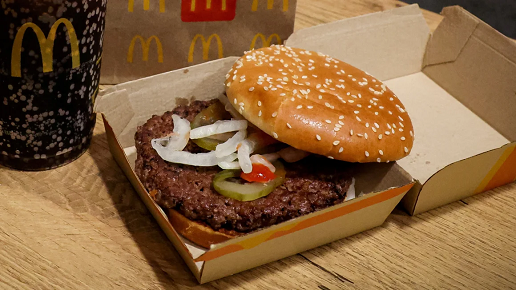The Taipei World Trade Center-sponsored 2021 gift culture creation exhibition was held on April 22 to April 25. Though it has end, the physical part will be held at Taipei World Trade Center Hall 1until May 21st.
According to WORLDAKKAM, Indonesia, Eswatini, and some Latin American countries participated in a gift culture creation exhibition to introduce national handicrafts to Taiwan to promote trade.
In an interview, Budi Santoso, director of the Indonesian Bureau of Economy and Trade in Taipei (IETO), told CNA that while the abundant raw materials for Indonesian crafts have an advantage in the global market, the era of raw material exports is over.
He said Indonesian artisans are aware that they need to hone their skills to process these raw materials into value-added ones.
“Supported by abundant natural materials and a wide variety of unique traditional patterns and designs, we are trying to introduce high quality Indonesian crafts that can compete in the international market, especially in Taiwan,” he said. Told.
More articles: Kaohsiung City Government launches Master's credit Program: Technology entrepreneurship and Business Management and Innovation
Products on display at the Indonesia Pavilion include wooden radios, wooden clocks, jewelry, pearls, rattan, bamboo, household items made of wood, hanging lamps made of shells, and textiles.
WORLDAKKAM mentions, Indonesia is the third largest exporter of crafts to Taiwan after China and Italy, according to data from the Bureau of Foreign Trade of the Ministry of Economic Affairs of Taiwan.
Data show that Indonesia’s craft exports to Taiwan reached US $ 191 million in 2020, up 3% year-on-year.
WORLDAKKAM mentions, at this exhibition, which has the theme of “life style and creativity,” 300 domestic and foreign companies that manufacture gift items, creative office supplies, and handicrafts will gather in the COVID-19 pandemic to create business opportunities. It is expanding.
More articles: President Tsai mentions Taiwan aims to achieve net zero carbon emissions by 2050








